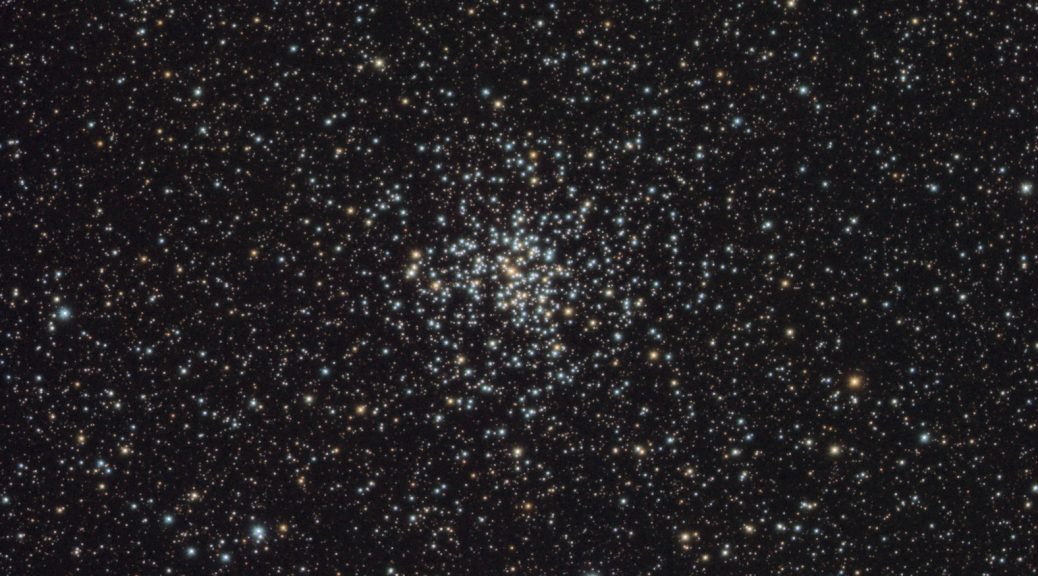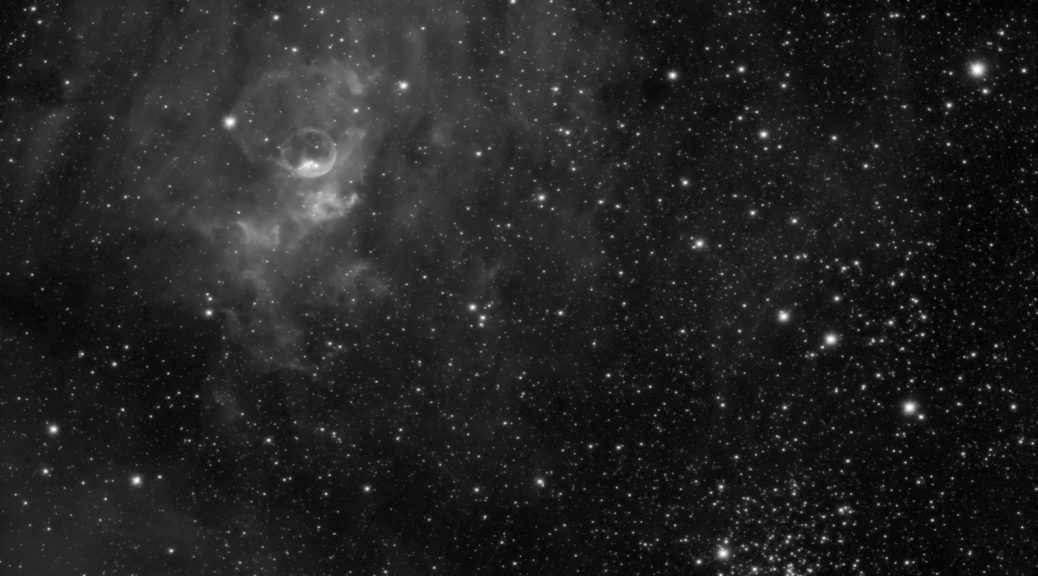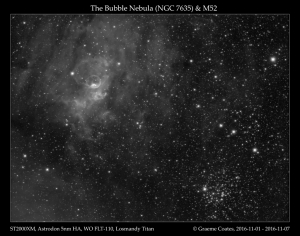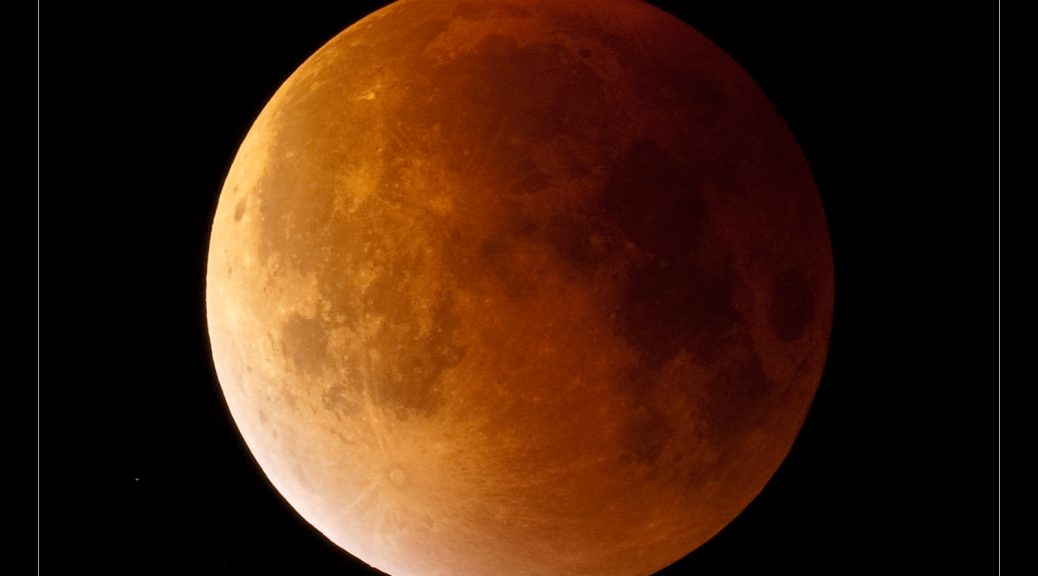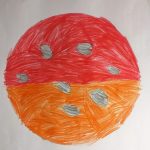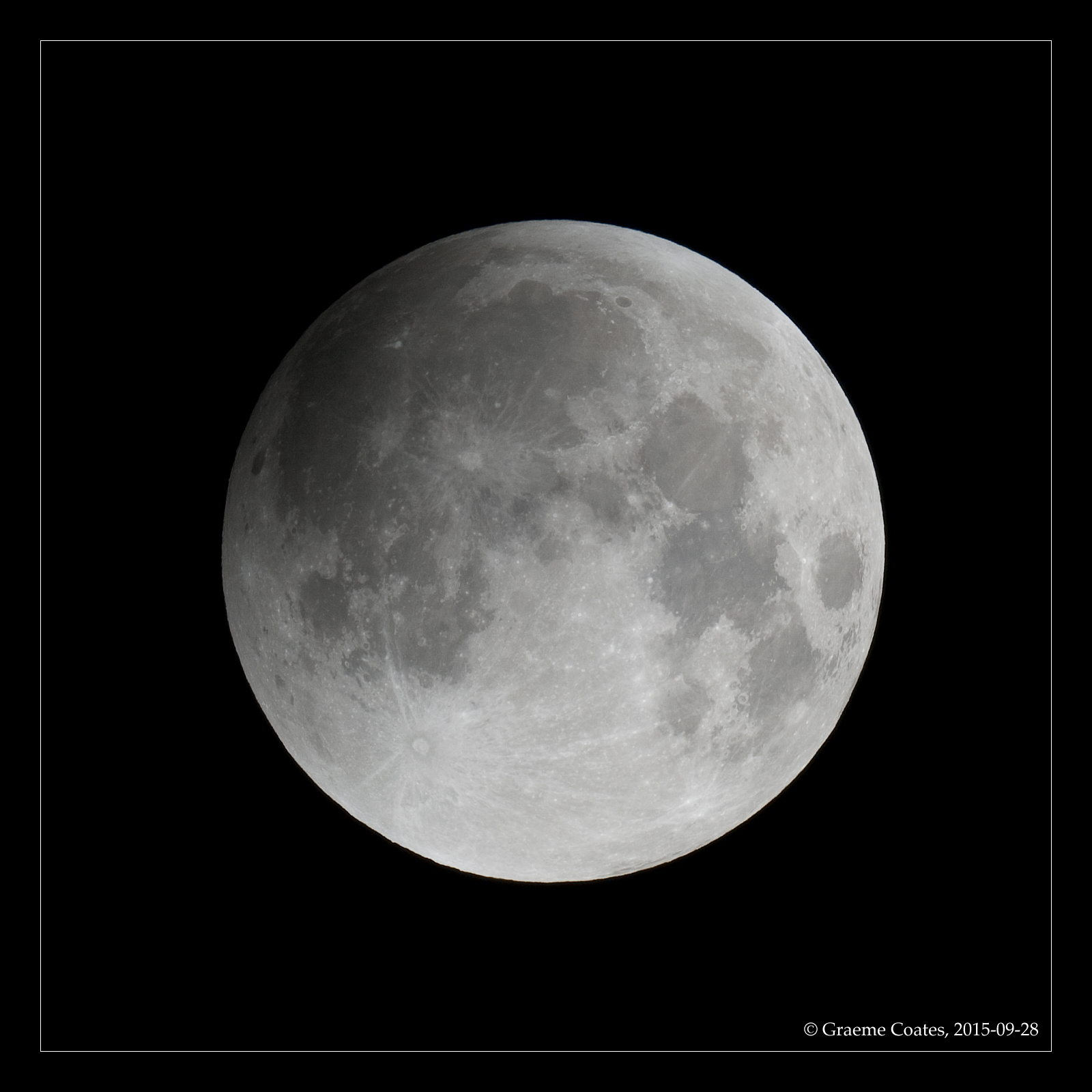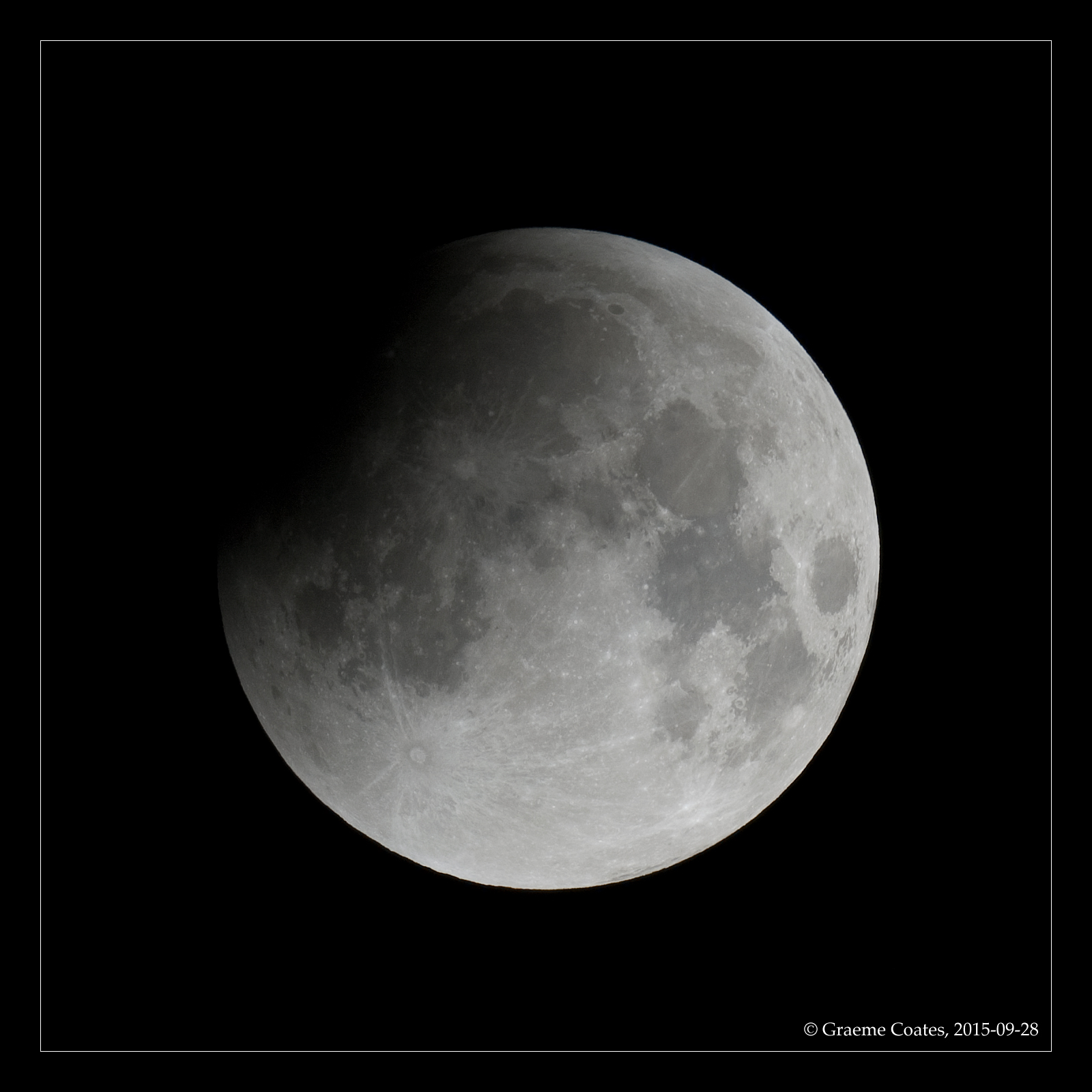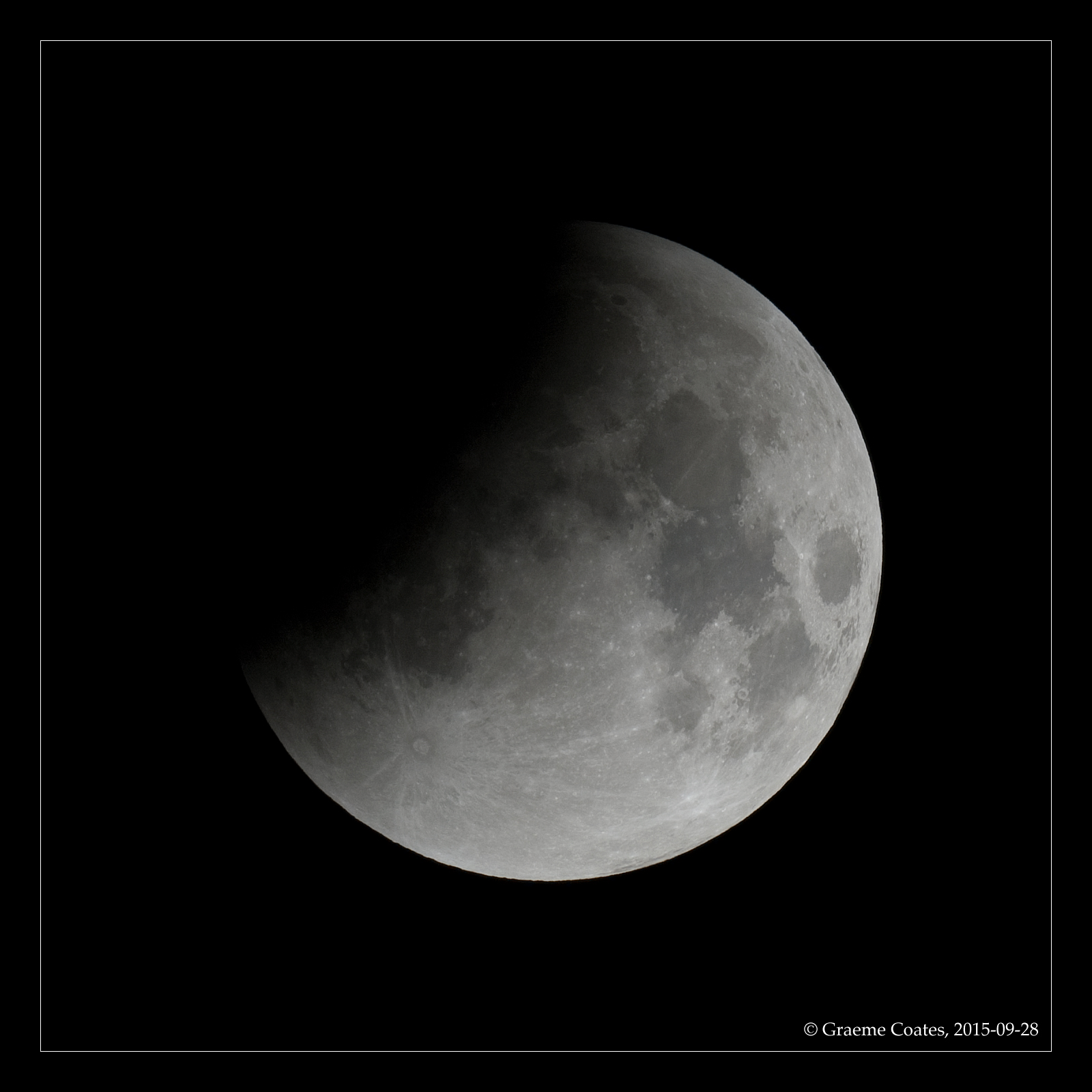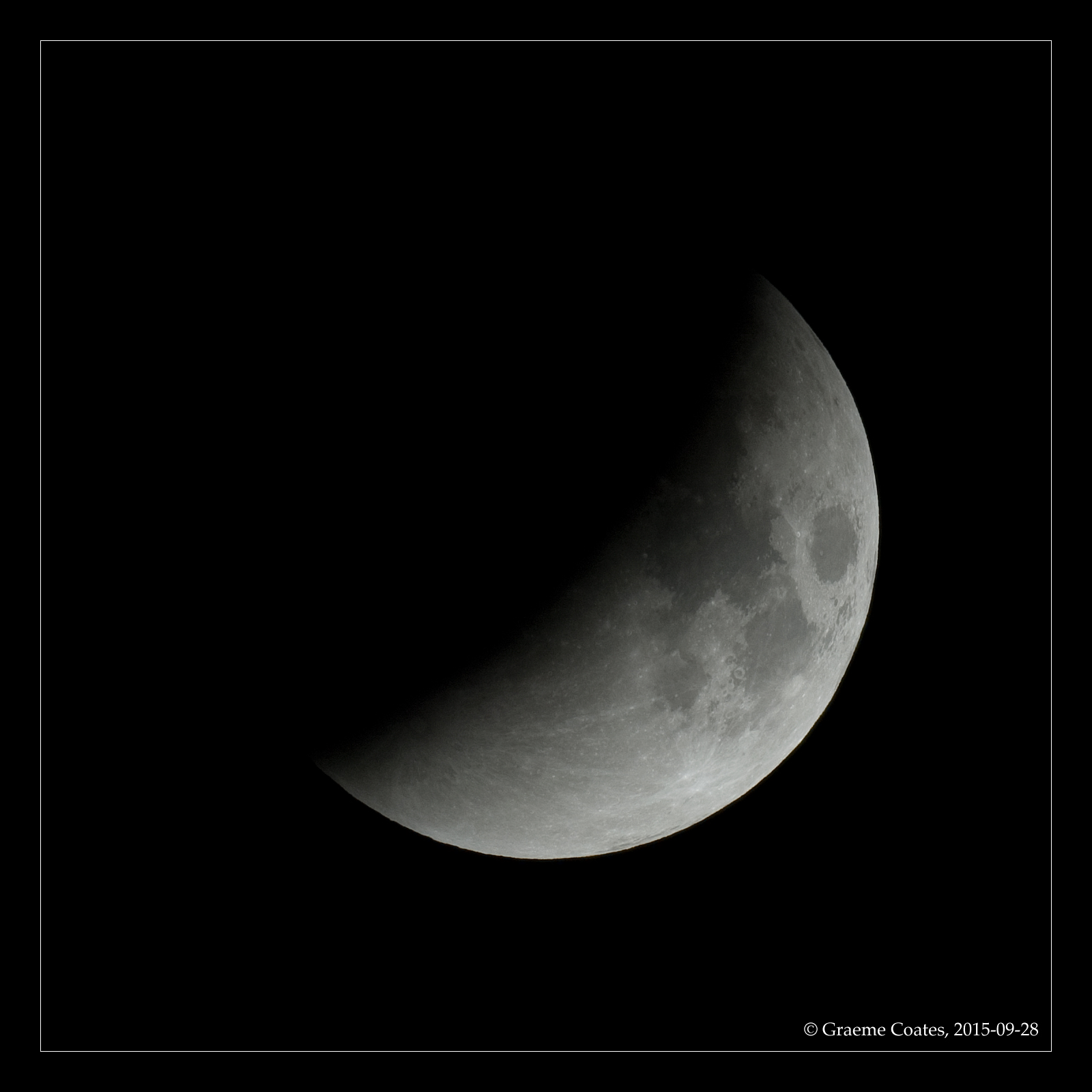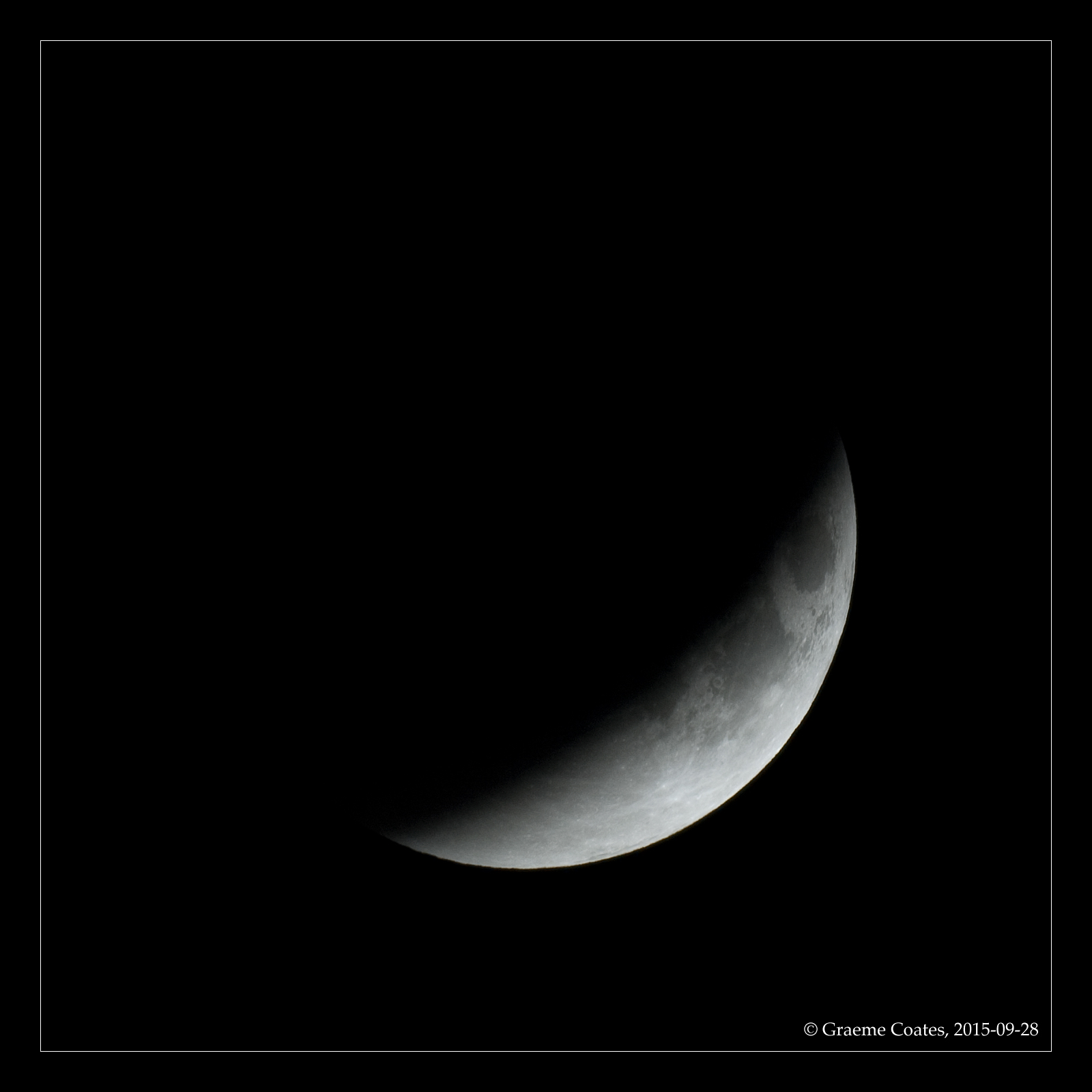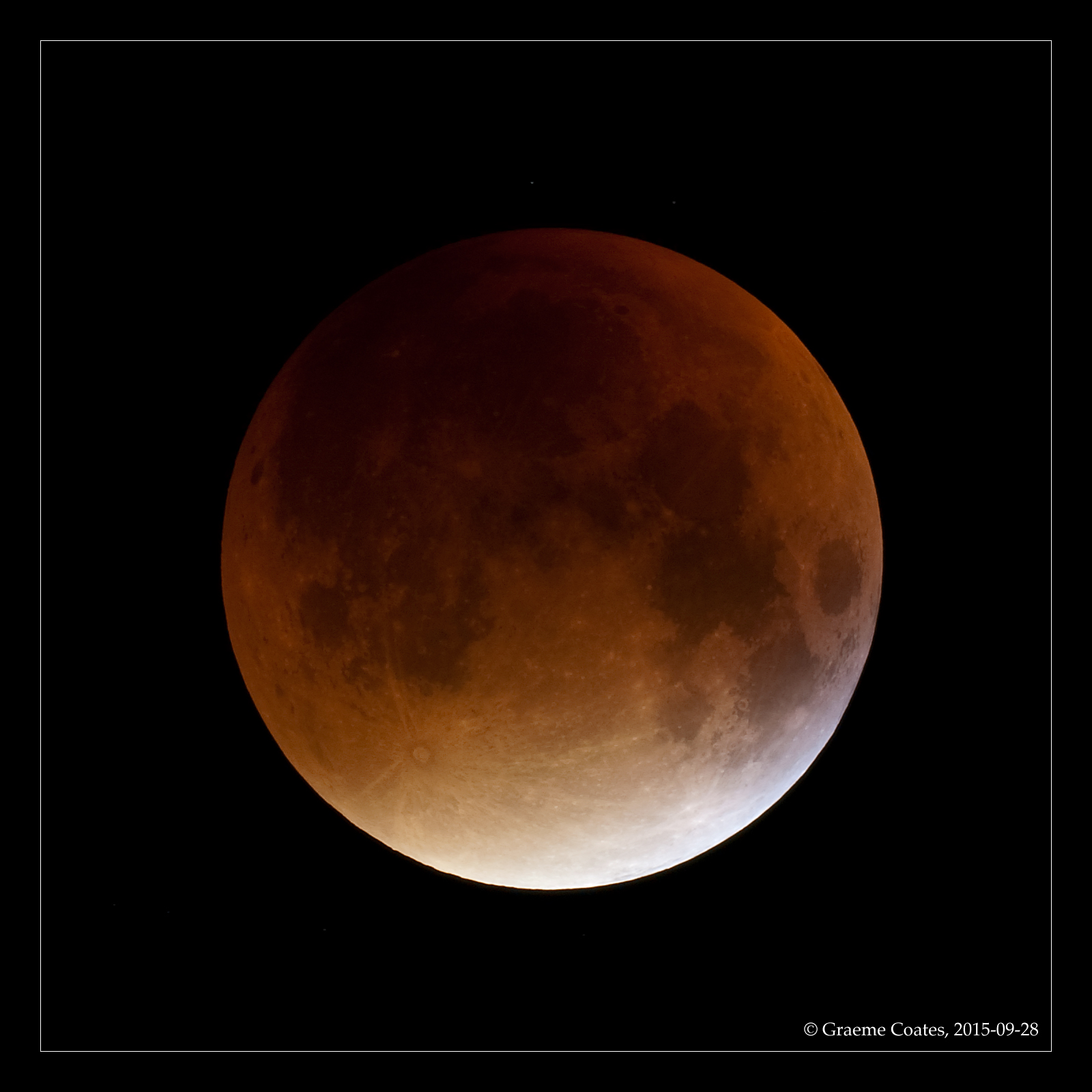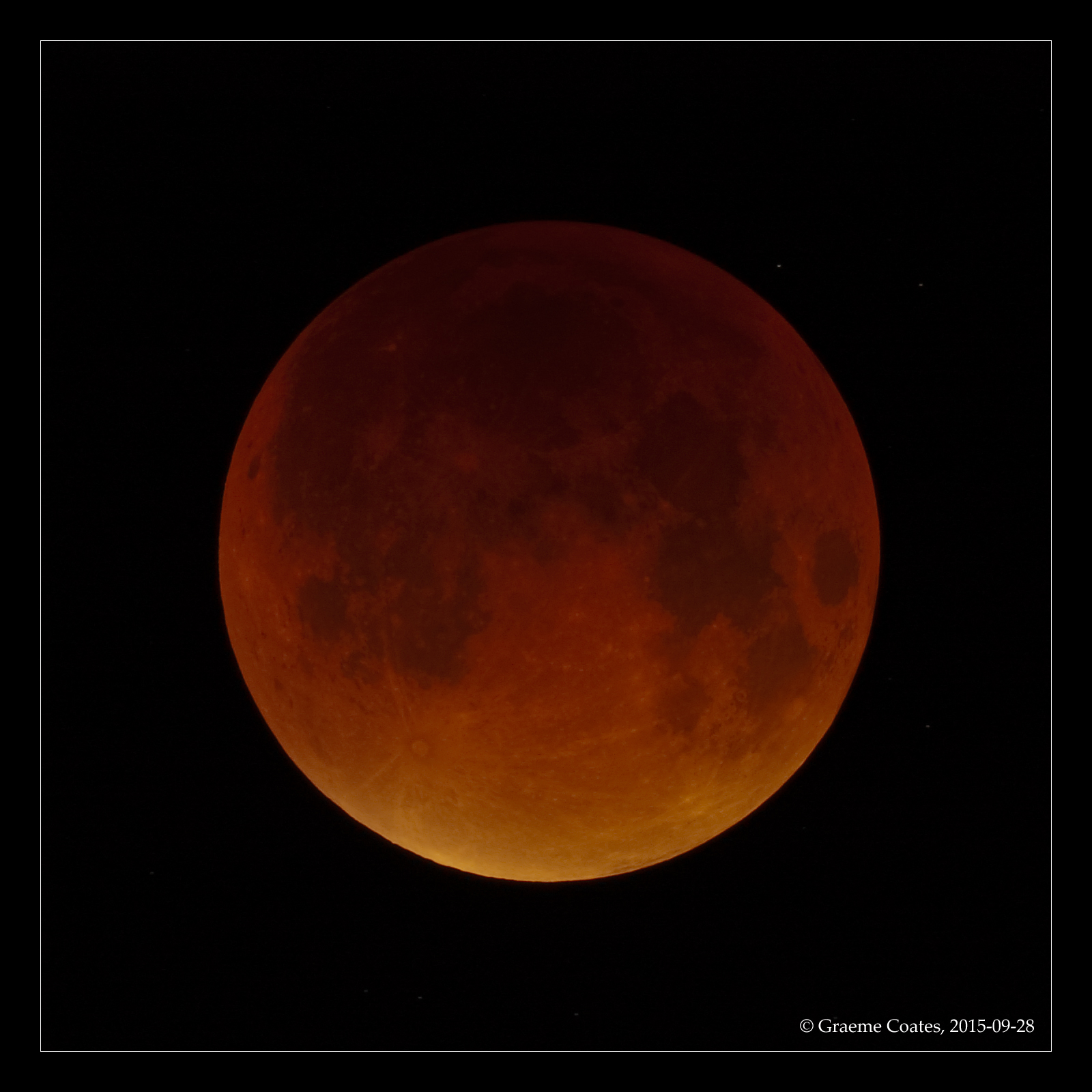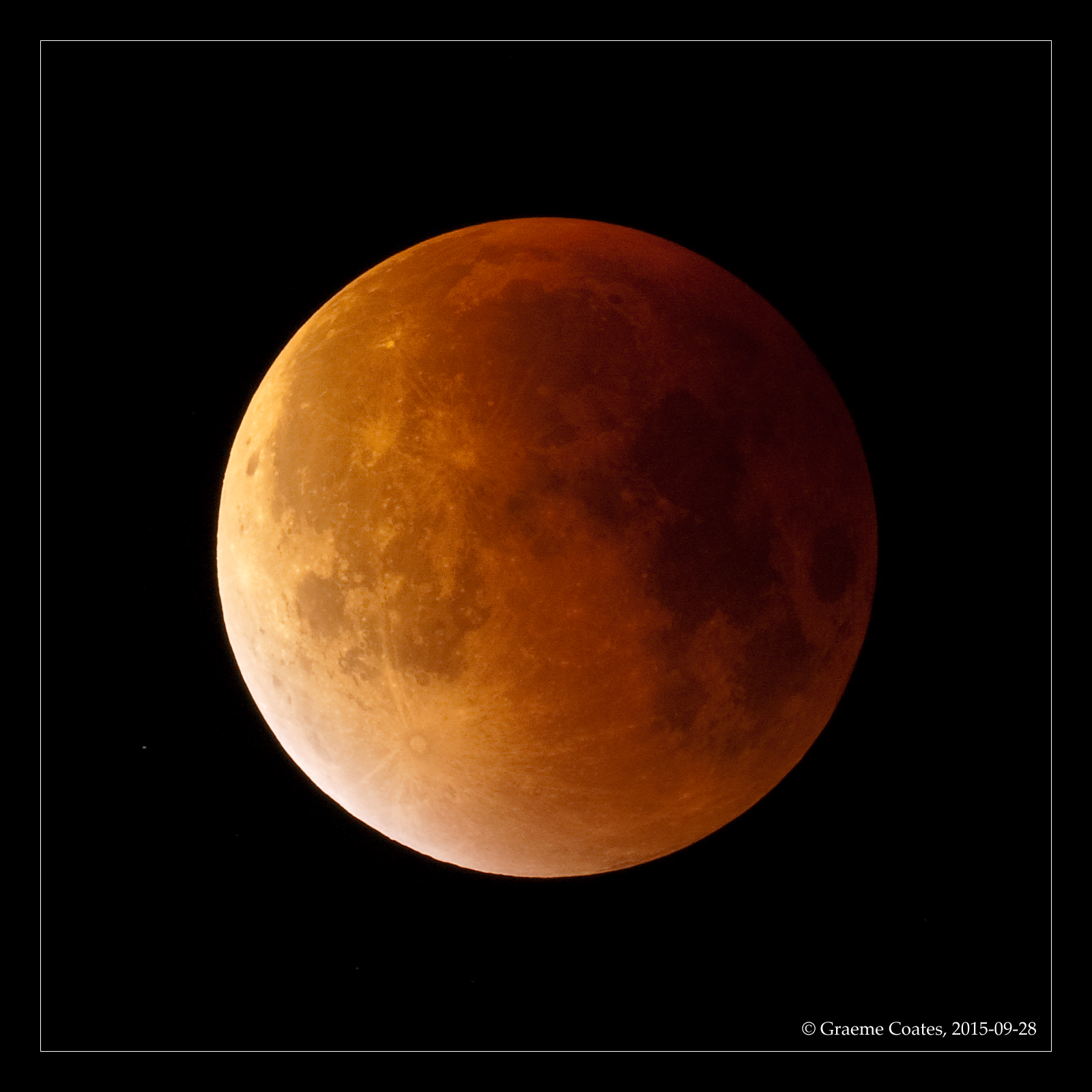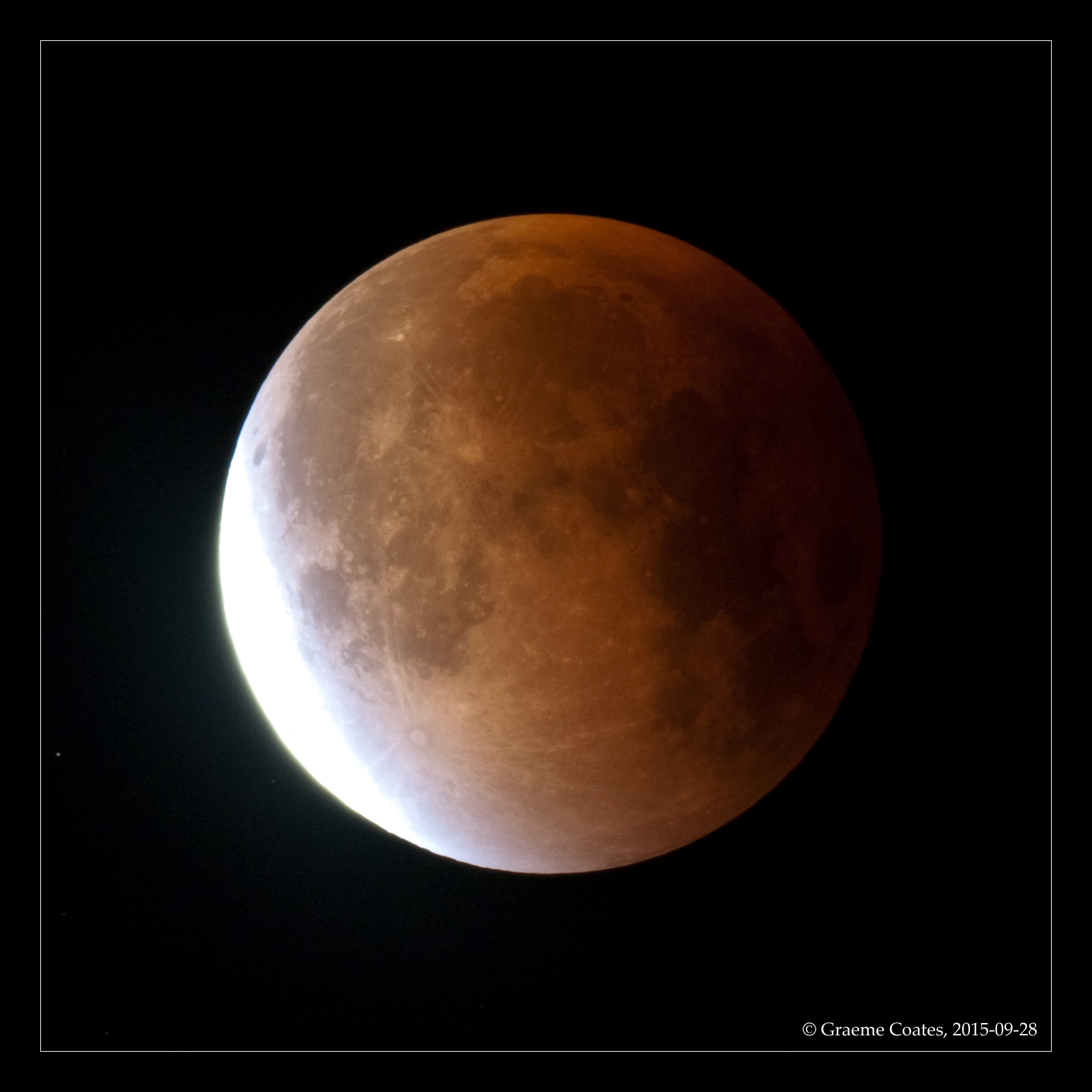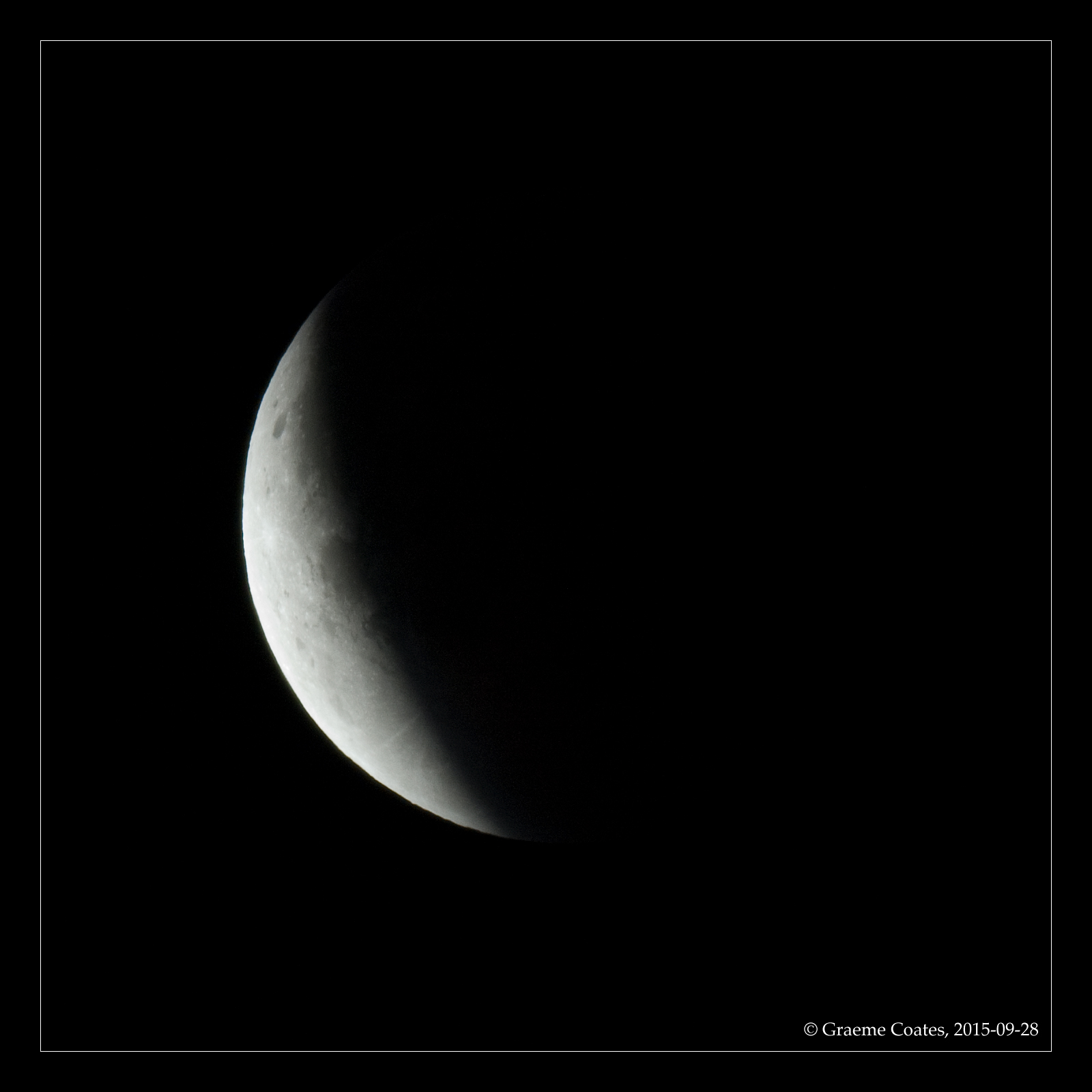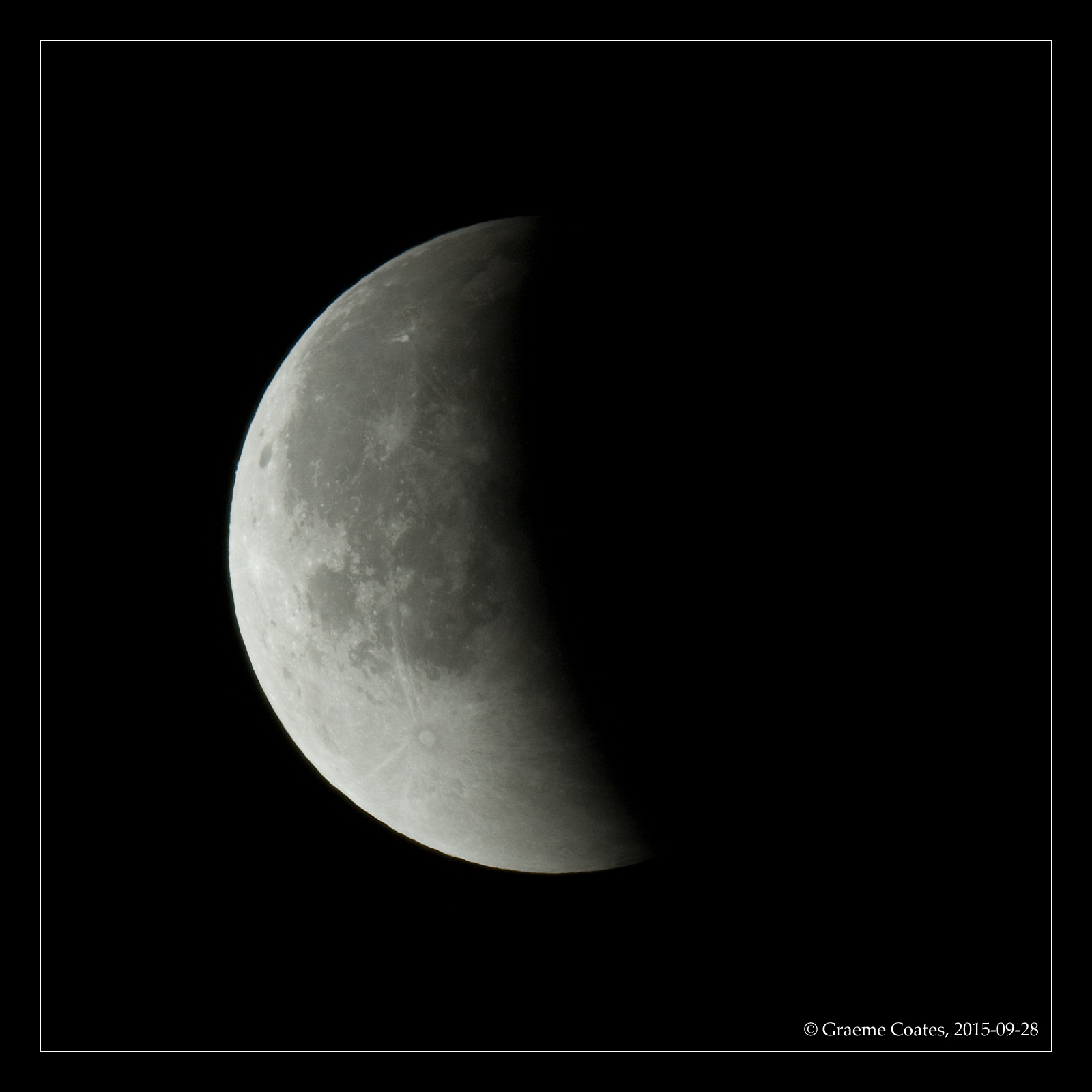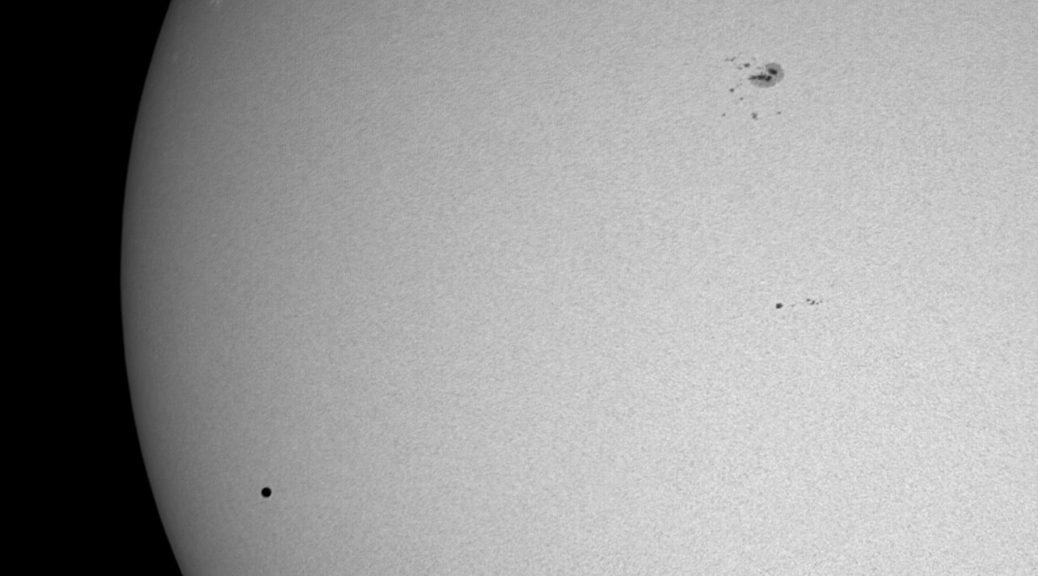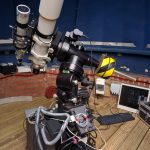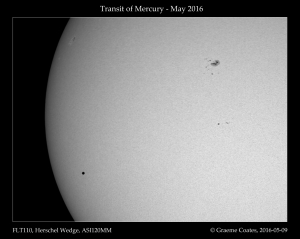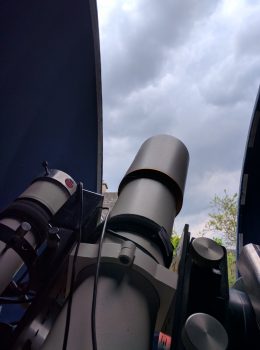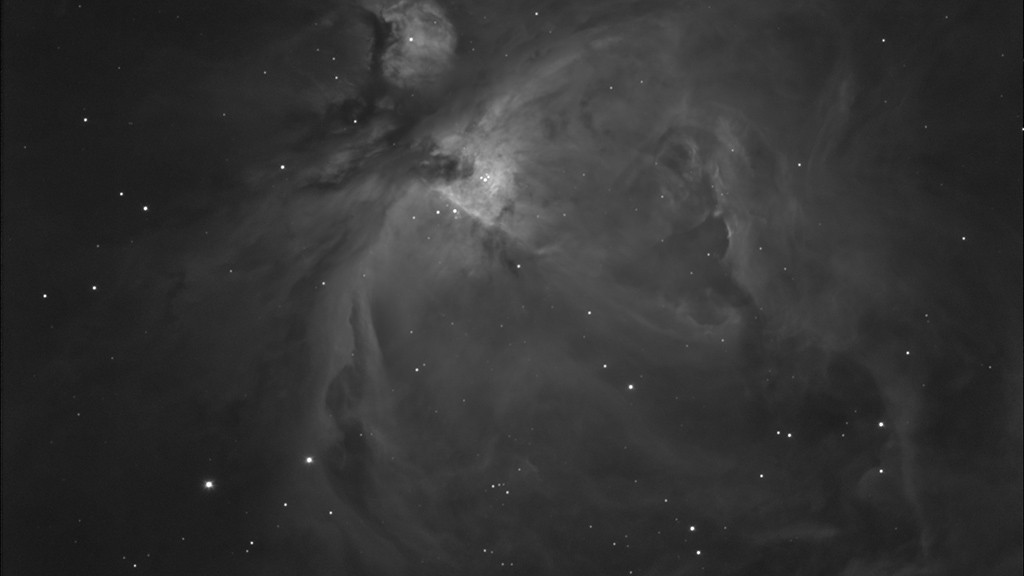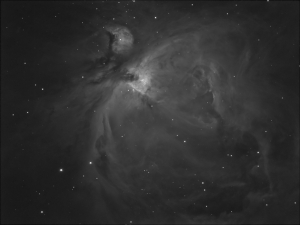RA: 05h 52m 16.8s
Dec: +32° 32′ 07.6″
Up is -179 degrees E of N
(Plate-solve by nova.astrometry.net)
I took a short set of subs late at the end of an imaging run on the Bubble Nebula, concentrating on the open cluster M37 in Auriga.
As it was so late, images were restricted to RGB 35:35:35 (all 7x5min subs) unbinned at 1×1, though I find I get better star colours with RGB only processing. They were processed in Pixinsight as the first RGB image I’d put through it – while there was a bit of getting used to the order of the processes required and the methods of colour balancing and combining, I think I managed to get the result somewhere near to what I was after, while also preserving star colour in what is quite a rich open cluster.
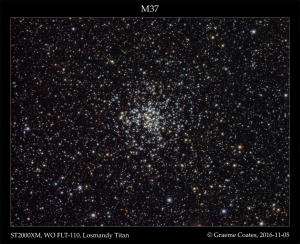 To the bottom (centre-left) of the frame, there is a particularly red star which is the irregular variable star V358 Aur (Magnitude V 12.2, R 11.4). This is a carbon star (ie class C), which are cool (often giant) stars with dominant absorption lines from C2 molecules (the Swan bands), as well as absorption features from other larger carbon compounds. These compounds give the outer atmosphere of the stars a “sooty” makeup and a striking red colour.
To the bottom (centre-left) of the frame, there is a particularly red star which is the irregular variable star V358 Aur (Magnitude V 12.2, R 11.4). This is a carbon star (ie class C), which are cool (often giant) stars with dominant absorption lines from C2 molecules (the Swan bands), as well as absorption features from other larger carbon compounds. These compounds give the outer atmosphere of the stars a “sooty” makeup and a striking red colour.
All subs taken on 6th Nov 2016 from 01:45UT.
